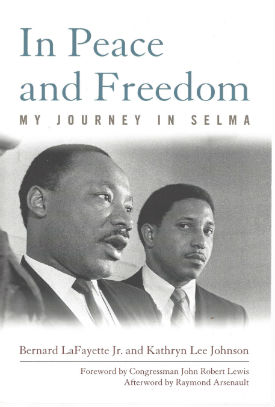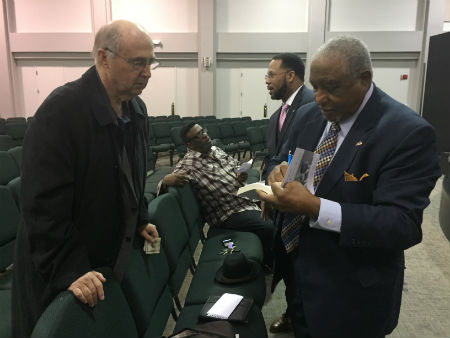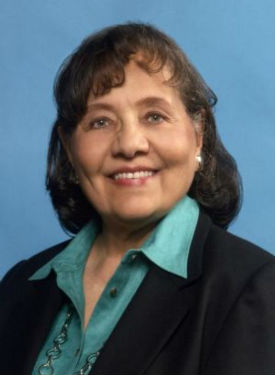The Possible Dream: Living Where the Long Past Lives
By Neil Earle

Memphis, TN: This November, I travelled to Toronto, Ontario to join 250 ministers and teachers to hear the former Archbishop of Canterbury, Rowan Williams, address the subject of preaching. Being a visitor from far-off Memphis I was feeling a bit alone and isolated as the conference went on except…except in his final talk on Preaching Dr. Williams used the example of Martin Luther King’s last public address (“I’ve been to the mountain top”) as an example of how the audience matters!
Memphis – my new hometown!
Dr. King had come to Memphis in April, 1968 depressed and under the weather and didn’t feel like addressing the crowd that night. Bernard LaFayette, his assistant, remembers Ralph Abernathy calling the Lorraine Motel saying, “You’d better get here Martin, this is your crowd and they want to hear you, not me!”
After more persuasion King drove to the temple and was so buoyed up by the crowds singing, clapping, applauding, and embracing him that he went straight to the microphone. And the rest, as they say, is history. Or “the rest of the story” as one commentator was wont to say.
Hearing that in Toronto, Canada, this November made me aware of the history lying all around me in my wife’s home town of Memphis, Tennessee, a city that doesn’t push itself forward but quietly delivers the goods.
At last year’s 50th anniversary of Dr. King’s death, USA TODAY NETWORK writer Chris Herrington saw a plaque at the National Civil Rights Museum recalling an early 1960s meeting between federal attorney John Seigenthaler and Diane Nash. Nash was then a 22-year-old college student organizing the Freedom Rides that challenged state segregation across the south.
“Young woman, do you understand what you’re doing? Do you understand you’re gonna get somebody killed?” asked Seigenthaler.
“Sir,” replied Nash, “you should know we all signed our wills and testaments last night.”
Such was the spirit that animated the Movement.
 Neil meets King aide Bernard LaFayette.
Neil meets King aide Bernard LaFayette.Life’s Ironies
I was only a little older than Diane Nash when as a young student walking the halls of Memorial University in Newfoundland, my peers and I were transfixed by the news reports coming out of the South, the dramatic clash of dog and protesters, of police and seamstresses, of fire-hoses and paddy wagons that were the stuff of our nightly news.
All of this seemed a light year removed from the quieter pace of student life in Atlantic Canada.
Yet hovering above it all, almost hypnotically, was the soaring rhetoric of Martin Luther King, Jr. – “We will have to repent in this generation not merely for the hateful words and actions of the bad people but for the appalling silence of the good people.” Or how he celebrated each small victory in the spirit of the Montgomery Bus Boycott: “This is not a victory for black Americans; this is a victory for all Americans. Injustice anywhere is a threat to justice everywhere!”
Now there was a man who knew how to cut through the fog.
“Ally-Building”
Years later, after preaching and teaching for 40-plus years I analyzed why Dr. King and his movement accomplished so much.
First, the movement was church-based, the black church was the primary launch pad from Selma to Montgomery to Memphis. The songs were proof of that – old spirituals reworked such as “We Shall Overcome” and “My Mind Stayed on Freedom,” “Ain’t gonna study war no more.” These songs went around the world at Tiananmen Square in China, the Berlin Wall in 1989 and in meaningful protests today. It was a spiritual wind driving the movement and you could cut it with a knife.
 Diane Nash
Diane NashSecond, ally-building. “We shall live together as brothers or perish together as fools,” King would say. His Selma, Alabama advance man Bernard LaFayette told a Memphis audience that the hostile thugs were more brutal to their white comrades because they were seen as traitors. Allies count! ORM, which sponsors this letter, has partnered with the Pasadena, California, Police Department in coordinating “Days of Dialogue” between local police and urban gangs. We’ve met friends at the Western Justice Center and indomitable judge, Dorothy Nelson, petitioner of Southern California elites. Allies come in all shapes and sizes. On August 13, 2003 we hosted a public racial healing seminar at world-famous Ambassador Auditorium for basketball star A.C. Green of the Los Angeles Lakers. Most memorable was the Repentance Walk Curtis May and I took in Richmond, Virginia, with some great Dutch and English friends leading a reenacted nighttime journey along the path of the old slave trail in the capital of the Old Confederacy. You had to be there.
Non-Violence’s Powerful Legacy
The third dynamic driving the Movement was the relentless commitment to non-violence. One reason King was in Memphis on that fatal trip was because a peaceful protest march for sanitation workers had turned violent and he was back to show this was not the norm. A student once sent me a graphic with Dr. King’s picture captioned “Burnt Nothing, Attacked No-One, Changed the World.” These three imperatives inspire us at ORM trying to make dents in the beast of societal injustice, making the Impossible Dream a little more possible, carving out a beachhead of cooperation against the jungles of suspicion.
Lord knows, so much more remains to be done. By the way, Diane Nash is still alive. As Herrington concluded: “Giants live among us.”
(Neil Earle is a history teacher at Grace Communion Seminary and an ORM editor, living in Memphis, Tennessee, and host of his own web site, ASecondLook.Info.)